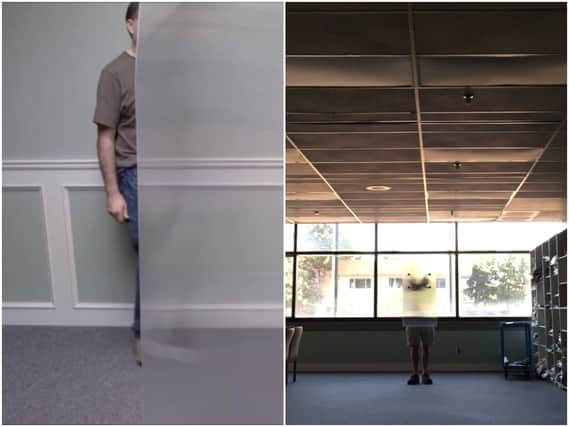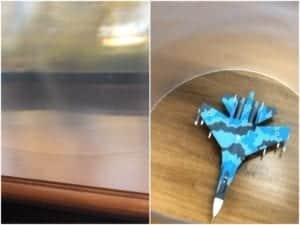Scientists have invented a real 'invisibility cloak' - here's how it works


Hyperstealth Biotechnology Corp announced four new patent applications for their ‘Quantum Stealth’ technology, nicknamed the Invisibility Cloak.
The Canadian company claims that the paper-thin material can “hide a person, a vehicle, a ship, spacecraft and buildings.”
Advertisement
Hide AdAdvertisement
Hide AdEarlier this month, Hyperstealth’s CEO, Guy Cramer, demonstrated the impressive capabilities of the Quantum Stealth material in a series of videos posted online.


How does it work?
The paper-thin material does not require a power source, and can mask an object or person by bending the light around them so that only the background is visible.
Hyperstealth believes that the technology has potential military uses, and claims that “one piece of Quantum Stealth can work in any environment, in any season at any time of the day or night, something no other camouflage is capable of.”
The company also said that the Quantum Stealth material can bend ultraviolet and infrared light too, meaning hidden objects would not show up when viewed through night-vision goggles.
Advertisement
Hide AdAdvertisement
Hide AdIn one test, a model aeroplane is hidden from view by a cylindrical piece of Quantum Stealth material. Photo: Hyperstealth.
Other Hyperstealth inventions
Alongside the “invisibility cloak” patent application, Hyperstealth also filed blueprints for a laser scattering material that CEO Cramer thinks could revolutionise driverless cars.
The technology can split a single laser beam into millions of smaller ones - something which could help the computers in laser-guided driverless cars build up a far larger and ultra-high resolution model of the world around it.
Cramer believes this would help the cars spot and react to dangerous conditions and objects even faster than they already can.